In today’s digitally driven world, public relations (PR) professionals face a significant challenge: quantifying the return on investment (ROI) of their efforts. Gone are the days when success could be solely measured by media mentions or column inches. With the rise of social media and online platforms, PR strategies must evolve to demonstrate tangible results in terms of engagement, brand perception, and ultimately, the bottom line.
Traditional metrics like impressions, reach, and media placements still hold value, but they only scratch the surface of PR’s impact in the digital age. Likes, shares, and comments on social media platforms provide valuable insights into audience sentiment and engagement, but they do not always translate directly to business outcomes. Therefore, PR professionals must look beyond surface-level metrics to determine the true ROI of their campaigns.
One key aspect of measuring PR ROI in the digital age is tracking website traffic and conversions. By analysing web analytics data, PR teams can attribute spikes in traffic or conversions to specific PR efforts, such as media coverage or influencer partnerships. This data provides a more concrete understanding of how PR initiatives contribute to overall business objectives, whether it’s increasing sales, generating leads, or driving brand awareness.
Moreover, sentiment analysis tools offer valuable insights into how the public perceives a brand or campaign. By monitoring online conversations and sentiment trends, PR professionals can gauge the effectiveness of their messaging and adjust their strategies accordingly. Positive sentiment can lead to increased brand loyalty and advocacy, while negative sentiment may signal areas for improvement or reputation management.
Another critical aspect of measuring PR ROI in the digital age is tracking social media engagement and sentiment. Beyond likes and shares, metrics such as sentiment analysis, follower growth, and engagement rates paint a more comprehensive picture of how audiences are interacting with a brand’s content. Additionally, tracking mentions and conversations around specific campaigns or announcements provides valuable feedback on their effectiveness and reach.
Influencer partnerships have also become a popular PR strategy in the digital age, but measuring their ROI can be challenging. Beyond just counting likes or comments on sponsored posts, PR professionals need to assess the impact of influencer collaborations on brand perception and customer behaviour. This may involve tracking referral traffic from influencer content, monitoring sentiment among their followers, or conducting surveys to measure brand lift.
Ultimately, measuring the ROI of PR in the digital age requires a holistic approach that combines both quantitative and qualitative data. While metrics like website traffic and social media engagement provide valuable insights into the reach and impact of PR efforts, they must be complemented by deeper analysis of audience sentiment, brand perception, and business outcomes.
In conclusion, the digital age has transformed the way we measure the ROI of PR. While traditional metrics still hold value, they must be supplemented with more nuanced and comprehensive data to truly understand the impact of PR efforts on business objectives. By embracing new tools and methodologies for measurement, PR professionals can demonstrate the value of their work in driving brand awareness, engagement, and ultimately, business success.


